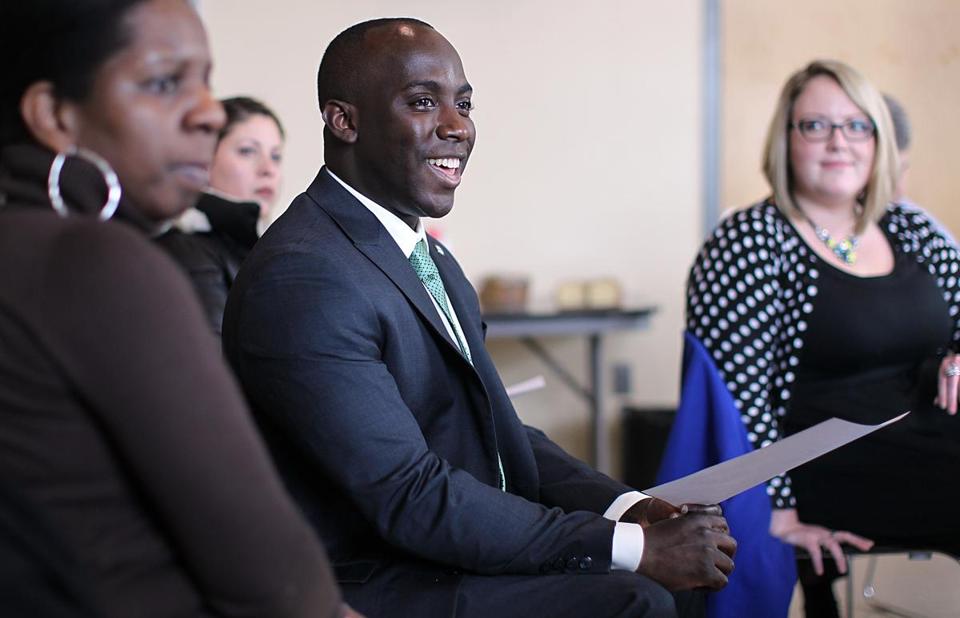Link Roundups feature articles and bits of internet goodness that our dramaturgy team digs up. If you find something you want to send our way, drop us a line on Facebook or Twitter!
♦♦♦♦♦

Peter Friedman, Danny McCarthy, Michael Countryman, Hannah Bos and Carolyn McCormick in “The Open House” by Will Eno at Signature Theatre. (Photo by Joan Marcus)
In American Theatre, Issac Butler writes about several contemporary playwrights who are taking the traditional realistic living room family drama and turning it on its head:
In the current crop of anti-realist plays are Eno’s The Open House and Jacobs-Jenkins’s Appropriate, both mounted last season at New York City’s Signature Theater, and Young Jean Lee’s Straight White Men, a recent critical success at the Public Theater. Next season, Taylor Mac’s Hir will have its East Coast debut at Playwrights Horizons. All these plays simultaneously deploy and subvert various tropes of the genre: difficult fathers, family secrets, eccentric mothers, a compressed time scheme, money worries—and, well, white people.
They’re also all set in and around living rooms, the most common and persistent setting in contemporary American theatre.
While it can be frustrating to walk into a theatre and see yet another couch in front of yet another television three feet away from yet another cluttered bookshelf, the ubiquity of this setting isn’t hard to understand. After all, the living room’s history and linguistic roots intersect with American theatre’s primary concerns. “Living room” is simply the American term for the parlor, whose name derives from the French parler, to talk. It is figuratively, then, a space for talking. Parlors are also a middle-class (or, if you must, bourgeois) invention, much like the theatres that regularly reproduce them onstage.
♦♦♦♦♦
Jason Tseng, the Community Engagement Specialist at Fractured Atlas, has a compelling essay up at Medium about LA’s 99-seat Theatre Plan and the issue of funding for small companies:
The top 3% of arts organizations by budget size ($10M and above) received 60% of all arts and culture funding. Conversely, the bottom half of organizations by budget size ($100k and below) received only 5% of that funding.
Not only is this deeply problematic from a purely class perspective, Holly also notes that this wealth gap disproportionately effects racial and ethnic minority communities, as well as other oppressed groups. This phenomenon is also not limited to the U.S. In fact, a similar report out of Britain cautioned that drastic changes to arts funding need to occur in order to avoid a “cultural apartheid.”
Continue reading →










